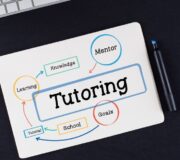10 Math Intervention Strategies To Boost Learning In Your Classroom
Math intervention strategies impact how effective interventions are and how quickly they can accelerate a student’s learning. Math intervention that uses evidence-based strategies prepares students to succeed now and in the future.
This article aims to help teachers and interventionists identify which intervention strategies can help individual students close their math gaps.
What are math intervention strategies?
Math intervention strategies are teaching strategies that math teachers and tutors use to strengthen students’ skills.
Often, they reteach core math skills explored in class using evidence-based strategies, like explicit instruction, visual representation, the use of manipulatives, and formative assessment.
What makes a math intervention strategy effective?
Effective mathematics intervention strategies are practices that teachers can in an MTSS intervention or RTI use to teach and reinforce math learning and mathematical concepts.
Evidence-based teaching strategies are best for interventions because they are tried and tested. They have been shown to work through multiple research studies.
For struggling students, using evidence-based interventions increases the likelihood that an intervention will have the intended impact on student growth.
Research-based mathematics intervention strategies include:
- Explicit and systematic processes
- Hands-on math manipulatives or visual resources
- Peer-assisted
- Formative assessment
High Impact Tutoring Guide for Schools
Everything you need to choose, plan and fund the right tutoring approach for your students for maximum impact in your school
Download Free Now!When to use math intervention strategies
Intervention strategies should be introduced when students perform below grade level, or when they have not mastered a math skill.
In a general math class, a math teacher will give curriculum-based assessment to all students. In the Response to Intervention or RTI framework, the students who did not master the skills on the assessment may require Tier 1 math intervention — a reteaching lesson of the skills they did not master — before moving on to the next skill.
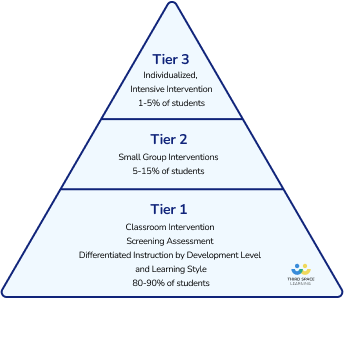
While reviewing assessment data, a math teacher may also notice that other students have gaps in their math learning, either skills they have not mastered or difficulty mastering new skills. These students may receive Tier 2 intervention with the math teacher, interventionist or tutor.
The goal of Tier 2 instruction is to teach students skills they missed so they can succeed in general education. Students struggling to master math skills with Tier 2 interventions may require one-on-one or Tier 3 support.
If, after sufficient progress monitoring a student has not demonstrated the progress they need to make to succeed in grade-level math, the teacher may refer the student for a special education evaluation for a learning disability in math.
Math Intervention and Special Education
Students with a disability that impacts their functioning in math or their ability to access the general curriculum will receive specially designed instruction. They will work with a special education teacher on math skills.
The special education teacher may use evidence-based math intervention strategies that have shown success in supporting struggling students such as math tutoring.
8 math intervention best practices
These 8 intervention best practices are effective with struggling students and support student learning in elementary school, middle school and high school.
1. Match skills with instruction
Ensure the time students spend in intervention is aligned with what they need to work on.
If students are using an automated online math intervention program, they may do lessons and practice activities for the skills that they have not mastered.
But, if a teacher is teaching students, they will focus the lessons on the specific skills students need to master. For example, if a student has not mastered number sense, the teacher may design reteaching lessons that make number sense more tactile, using manipulatives for teaching and practice.
Third Space Learning understands that no one knows a student quite like the teacher does. That’s why our one-on-one math tutoring programs allow teachers to select the math standards students work on most.
STEM specialist tutors use ongoing assessments to personalize instruction for each student in real-time.
Schools can select the tutoring dosage and session length to suit students’ needs.
2. Identify students’ need
Some students have a gap in their knowledge that can be remedied with two or three reteaching lessons. Others may require months of support to remediate foundational skills.
Teachers can group students into quick, Tier 1 interventions, or longer term Tier 2 interventions using:
- Formative and summative assessment data
- observations of students
- Insights into how each student understands math content
3. Set SMART goals
To make progress, students should be aware of what they are working on. A student’s intervention plan should incorporate SMART goals that define what the student will demonstrate and the timeframe.
To ensure learners remain motivated, each goal should be:
- Specific
- Measurable
- Attainable
- Relevant
- Timely
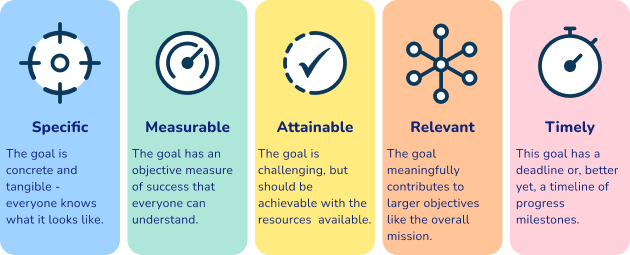
4. Use formative assessments
Create and use formative assessments for progress monitoring that are targeted to the student’s areas of focus.
If a student is working on fact fluency, have five quick assessments that they can take that will show progress on those skills.
Math experts at Third Space Learning have created a bank of formative assessment resources for teachers to use to monitor student progress. Exit tickets and check for understanding quizzes can be used during or after any math intervention to assess student progress.
5. Pre-teach and Reteach
Identify the students who may not understand math concepts the first time they are taught.
Take time to pre-teach math skills that students need to be successful in grade-level math.
These students may also need teachers or interventionists to reteach the skills after they see them in class to secure their understanding.
Usefly resource: Math Intervention Packs
6. Collaborate
Math intervention is more successful when teachers share what’s working in their small groups.
Sharing best practices can help save time when planning interventions and the practices shared may help accelerate student progress.
School leaders can plan time for teachers to share how they are reteaching foundational skills so teachers develop their capacity.
7. Invest
Math interventions and math tutoring will need resourcing, including:
- Time
- Staff
- Funding
Inventory the programs and materials used and which are most effective. Then, invest in those programs and materials. For example, make sure that each class has a kit of math manipulatives or there is funding for summer tutoring programs if needed.
Read more: School Tutoring Funding Explained
8. Extend
Struggling learners need help and often, the teacher’s focus is directed at these students. But consider using math intervention time to tutor underprivileged students who are ready for more advanced work.
It can be an opportunity for underprivileged students who are advanced or gifted to receive a boost of pre-teaching and challenge lessons they may not otherwise get outside of school.
Useful resource: Math Intervention Checklist
10 Math intervention strategies
Here are 10 evidence-based math intervention strategies that can be incorporated into any RTI Tier.
1. Cover, copy, compare
Best for: Practicing math fact fluency
How it works:
- Choose up to 10 math facts for the student to practice.
- Write the facts along the left side of a piece of paper.
- The student reviews the math facts and folds the paper so they can only see the problem, not the answer.
- They then complete the facts.
- Finally, the student lifts the paper to compare their answers with the correct responses.
- They complete this process until they have learned all the math facts.
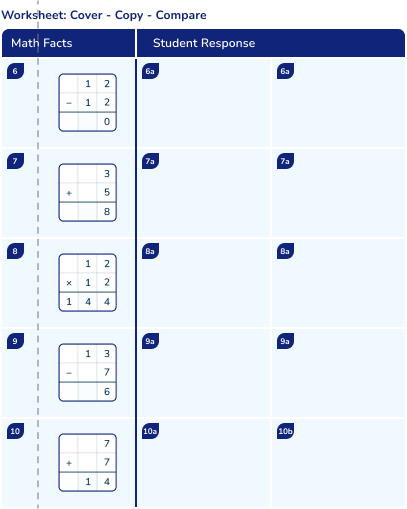
2. Intermixing challenging and easy problems
Best for: Fact fluency
How it works: Build a math practice sheet that incorporates a 1:1 ratio of problems that are easy and challenging for the student.
For example, they may provide a mix of two-digit multiplication problems, intermixed with addition problems.
3. Peer-Assisted Learning Strategies (PALS)
Best for: Reviewing concepts
How it works: PALS or Peer Assisted Learning Strategies is a peer tutoring strategy that can be used in Tier 1 or Tier 2 when students can be put into learning pairs where one student has mastered the concept and another is working on the skill.
It also works best when each student has something to give—so one student is stronger in fact fluency and the other is stronger in tackling word problems, for example.
To implement PALS, assign students to be the “coach” or the “player.”
- The coach models how to solve a problem, and the player follows the coach’s lead.
- The coach then talks through the problem
- After, the player works through a problem explaining their process
- The player then completes another problem independently
- Finally, the coach checks the answer and math workings
4. Self-monitoring fact fluency
Best for: Fact fluency
How it works: In this intervention, students monitor their fact fluency during time drills.
- Students review their initial fluency and set a goal. For example, the number of correct facts or a ‘score to beat,’
- They practice the skill and take regular time drills for 5-10 minutes — ensure the student has sufficient practice materials, including worksheets with the type of problem the student is focusing on.
- When the student hears the timer, they circle the problem they are working on, count the number of problems completed since the previous sound, and record the number of completed problems.
- At the end of the period, the student adds the total problems completed and compares it to the previous day to see if they beat their score.
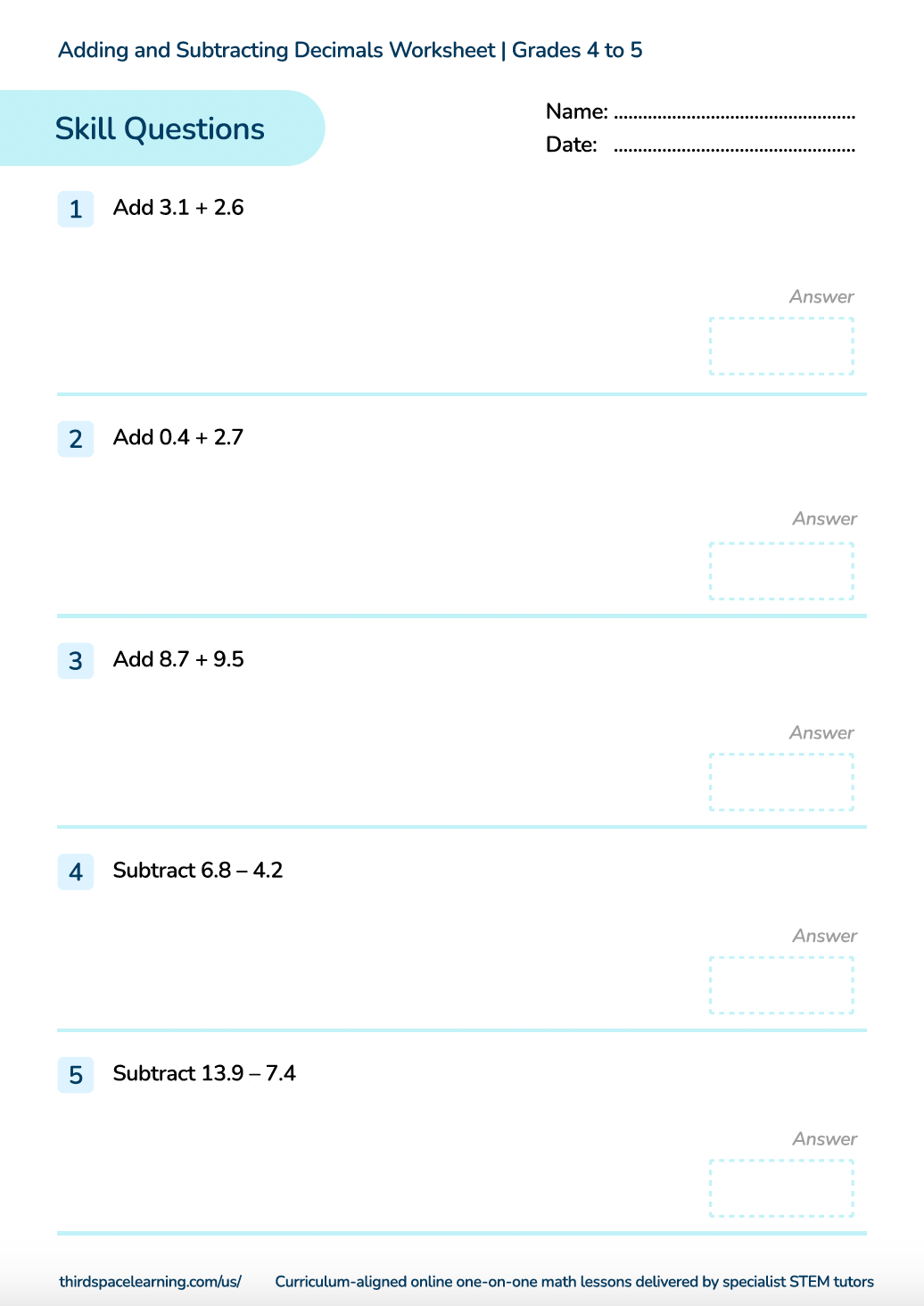
5. Self-monitoring problem solving
Best for: Problem solving
How it works: Self-monitoring means that a student can talk themselves through a problem and think about what they are doing at each step. Students can be taught to ask themselves:
- Do I understand the question?
- Have I done a problem like this before?
- Can I use a strategy I have used before for this problem?
- If it doesn’t work, what else can I try?
Students may need a checklist of questions to work through until they have mastered the self-monitoring process.
6. Self-checking
Best for: problem solving
How it works: Students who struggle may wait until the end of the problem to check their work. Instead, teach them to check their work along the way so they catch any errors. Train them to stop after each step and ask:
- Does this look right?
- If I put my answer back into the problem, does it make sense?
- Do I see any mistakes that I can fix?
7. Say, ask, check
Best for: Problem solving
How it works: This intervention combines metacognition strategies, visualization, and making the process of problem solving explicit.
It is better for older students who can follow longer problem solving steps:
- Read the problem
- Paraphrase or restate the problem in your own words
- Create a drawing of the problem
- Create a plan to solve the problem
- Predict or estimate the answer
- Calculate the answer
- Check the answer.
Considering metacognition in the classroom helps students follow the sequence Say, Ask, Check for each step in the process.
- Say the purpose of the step
- Ask themselves what they need to do to complete the step
- Check that they have successfully completed the step
8. Graphic Organizers
Best for: Problem solving
How it works: Graphic organizers help show what a math problem is asking and help students organize information so they can work with it.
For example, students can be taught to use an organizer to record the information in a math problem.
This is especially helpful for students who have difficulty remembering information from one step to the next because it records their thinking at each step.
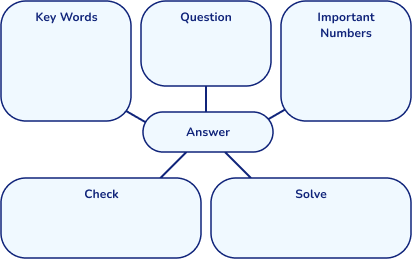
9. Visual Representations
Best for: Reinforcing concepts
How it works: Visualizing math is helpful for students who are not grasping math concepts. Teachers can use visual aids such as:
- Number lines to help with counting skills, from one-to-one correspondence to working with negative numbers.
- Illustrations to help make concepts less abstract and can be used to show addition or subtraction problems to modeling word problems.
- Charts and graphs show the relationship between numbers or concepts, like using a pie chart to represent a fraction.
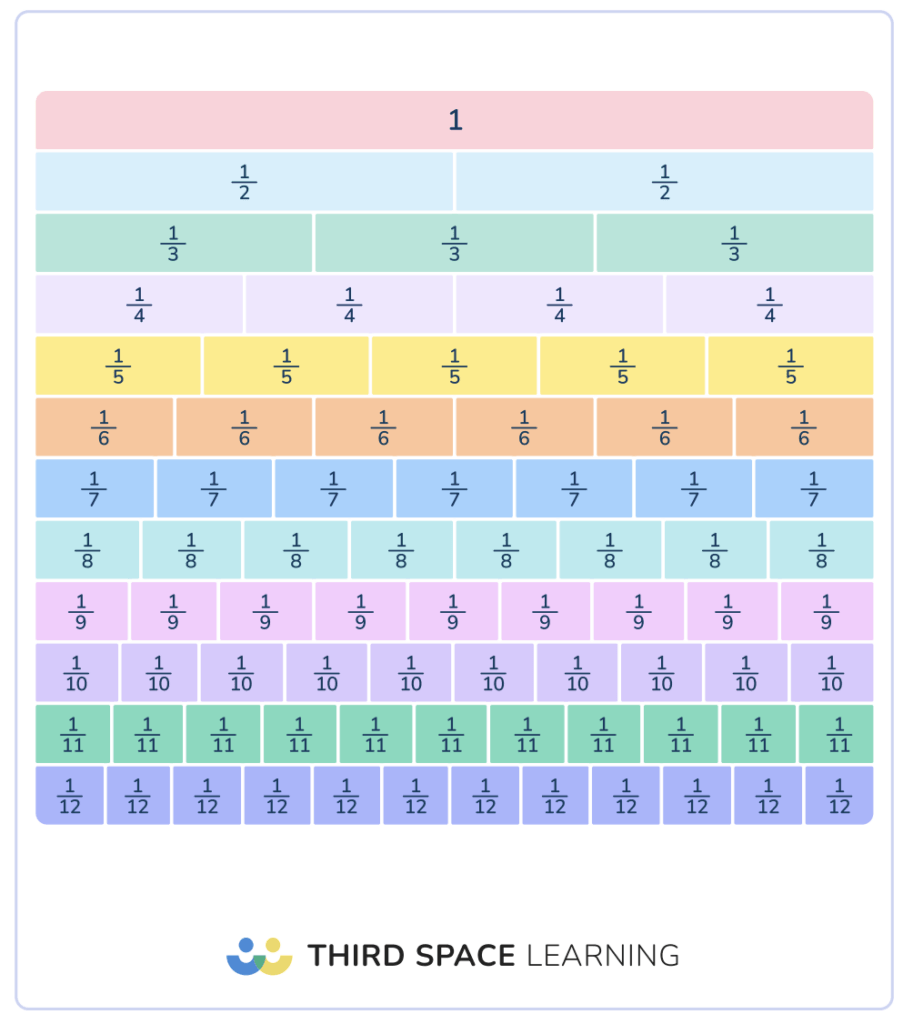
10. Manipulatives
Best for: Practicing concepts
How it works: Using math manipulatives while working through problems helps make math tangible. For example:
- Fraction tiles help students visualize and compare fractions.
- Unix cubes can be used to show amounts, calculate addition and subtraction problems, and model tens and ones.
- Place value blocks show students amounts of hundreds, tens, and ones.
- Ten frames are a way for students to work with base ten when they are creating numbers and working with amounts.
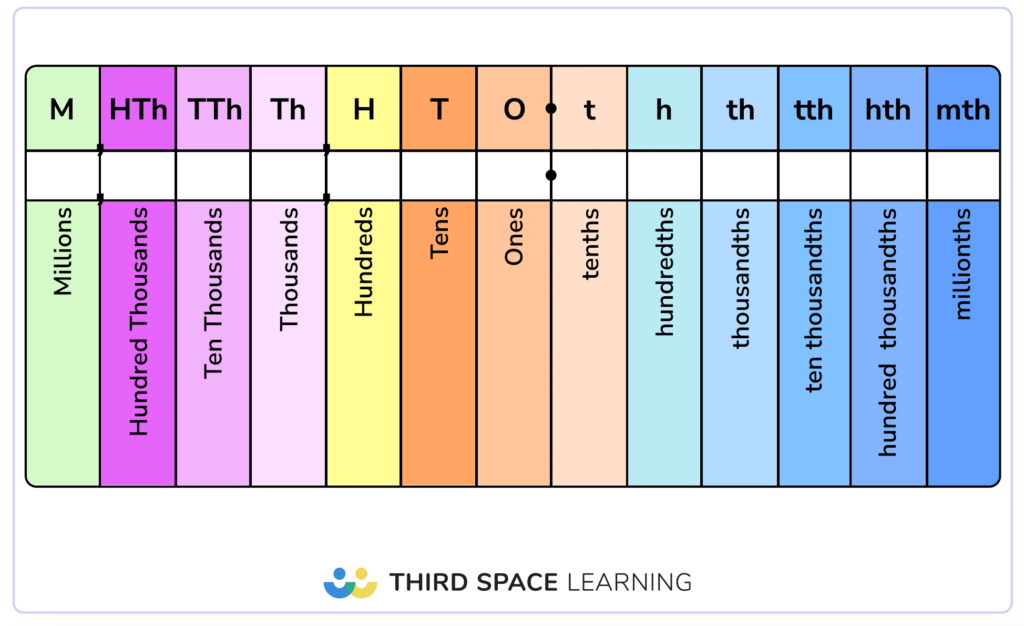
Maximizing math intervention
Math intervention, from quick reteaching to intensive intervention, creates opportunities for students.
Using evidence-based interventions and supporting students with intervention that meets them where they are, can pave the way for students to make important gains in their math skills.
How can Third Space Learning support math intervention?
One-on-one tutoring is evidenced as one of the most effective interventions to help raise math achievement and accelerate progress. Third Space Learning provides personalized one-on-one math instruction for 2nd -8th grade students who need it most.
Designed by math specialist, each lesson is aligned to state standards and follows an ‘I do, we do, you, do’ format and provides direct instruction, and guided and independent practice to help students develop math knowledge and problem-solving skills.
Each session is guided by the student’s response. Highly trained STEM specialist tutors adapt and personalize one-on-one math instruction to suit the needs of each student.
Schools receive a detailed report for each learner after every session — meaning educators and intervention organizers can easily track the progress of each student without adding to their workload.
Third Space Learning resources and tutors can add the next level of expertise and support for students who need either reteaching or a boost to maximize their math learning.
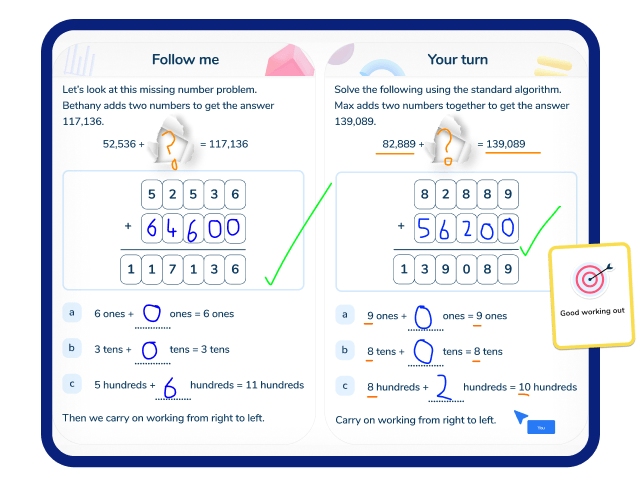
Read more: 18 FREE math intervention resources
FAQs
Math intervention involves targeted lessons that address all math skills, from fluency to problem solving. Fact fluency interventions include Cover-Copy-Compare and self-monitoring. Interventions for problem solving, including graphic organizers, or using a self-monitoring checklist.
In Response to Intervention, Tier 1 intervention is a support provided to students within the general classroom and by the classroom teacher. These supports could be reteaching of lessons to students who did not master the content, the use of an online math program to support students who are working on math fluency, or any way that a teacher reteaches and remediates students’ math skills.
Teachers start by identifying which students require intervention using data-driven decision-making. After a curriculum-based assessment or universal screening, teachers review results and identify students who are struggling to master the skills that have been taught. Then, teachers group students according to the skills they missed and, from there, design interventions that reteach and provide extra practice with those skills.
Do you have students who need extra support in math?
Give your students more opportunities to consolidate learning and practice skills through personalized math tutoring with their own dedicated online math tutor.
Each student receives differentiated instruction designed to close their individual learning gaps, and scaffolded learning ensures every student learns at the right pace. Lessons are aligned with your state’s standards and assessments, plus you’ll receive regular reports every step of the way.
Personalized one-on-one math tutoring programs are available for:
– 2nd grade tutoring
– 3rd grade tutoring
– 4th grade tutoring
– 5th grade tutoring
– 6th grade tutoring
– 7th grade tutoring
– 8th grade tutoring
Why not learn more about how it works?


